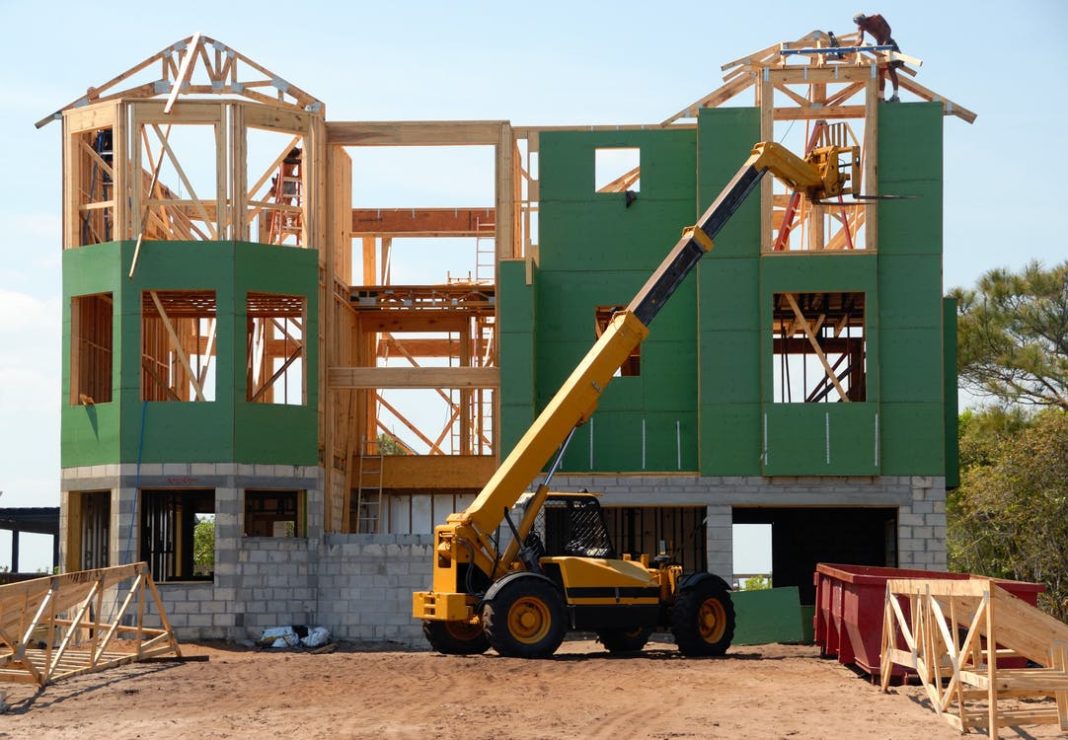Even the thriftiest of homeowners can be swayed by their enthusiasm for choosing products and furnishings or suffer a hiccup in their project that drives up the cost.
Renovating a home can be expensive if you don’t manage it well. A remodel can save you hundreds of dollars if you plan carefully and thoroughly research. You can still get a fantastic remodel with these creative, money-saving ways.
Although it is difficult to figure out how much to spend on home improvement projects, you can follow some general guidelines.
For example, you should aim to spend 5 to 15 percent of the home’s value on a kitchen renovation. Accordingly, if your house is worth $300,000, you should expect to spend $15,000 to $45,000 on your kitchen’s renovation.
Similarly, bathroom renovations should cost about 3 to 7 percent of the home’s value.
Experts believe that homeowners can avoid over-improving their homes for their neighborhoods by following that general rule.
There is generally a lesser chance of homeowners seeing a high return on their investment when they spend more on a home improvement.
Therefore, to avoid disappointment, it’s always wise to budget beforehand for your home renovation project in the long run.
Choosing how to finance a home improvement project is a critical step in the process. There are several ways you can finance your home renovation, including equity and non-equity options.
So, before you start budgeting or planning for your home renovation, you should determine how you will finance it.
Once you’ve decided, you can get started on the real project. And to help you in keeping your renovations under budget, we’re going to share some handy tips that will help you save a few hundred dollars at least.
Let’s take a look at them, shall we?
1. Set a Budget and Stay Within it
Before we begin, let’s define what a “budget renovation” really means. A budget doesn’t necessarily mean low cost.
Every time you spend money on something, it’s good to know how much of your income or savings goes to the purchase, even if it’s something small, such as a meal out.
Before making design decisions, we recommend that you set a budget for the work you do on your home. Afterward, you can figure out what will work with your budget and what won’t.
For example, when you begin the project, create a spreadsheet and add all the items you knew you would need. Calculate the flooring cost (including the waste), faucets, outlets, paint, countertops, cabinet hardware, switch plates, grout, tile, appliances, etc.
Make sure you get quotes for labor and materials and even add taxes to your budget. Once your spreadsheet is created, you can see what parts of your budget were taking up a lot of your budget.
Then you could either choose less expensive material options or decide to eliminate certain items.
2. Be Patient
Remodeling your home takes time, so you may want to wait for the money to come in! Having the money to remodel your home all at once completely can be tempting, but it can be difficult to make a lot of smart and coherent design decisions when there are so many factors to consider!
Rushing things will probably lead to regretting some of your decisions. Pick one or two rooms to finish first, then move on to the next.
It is not easy for most people to complete one project before moving on to the next one. You should prioritize the most time-consuming tasks first; otherwise, you will likely have them linger for years.
By completing one project before beginning another, you won’t have to stay in an unfinished house.
3. Pay in Cash
Paying for your project with cash is much cheaper than using a credit card or loan for something you can’t pay off immediately.
It might be financially wise to take out a loan to renovate your home to sell it if you know there will be a return on your investment, and you can pay it back quickly.
Generally, however, it is best to pay in cash. If your project is out of your reach, for now, start thinking about ways you can save money in your household budget.
4. Do the Demolition on Your Own
If you do your demolition work when renovating a home, you can save on labor costs. You should consider this option only if you have the time and the tools. Be sure to follow safety precautions and wear protective gear.
5. Plan in Detail
Setting up a detailed remodeling plan is similar to planning a budget. Determine what your project’s scope is and stick to it.
Although it’s tempting to let your creative juices flow free, keeping to the plan will result in a cost-effective project that you’ll love.
6. The Reuse of Materials
Perhaps you hate your cabinets or can’t stand your cabinet fixtures. Before you get rid of either of them, consider your options. To give your cabinets a new look, you can paint them or use the fixtures elsewhere. So, think smartly and save hundreds of dollars.
7. Paint Your Walls
Painting your home’s walls doesn’t require you to be an experienced DIYer. The only thing you need is some preparation and a little know-how.
Adding a coat of fresh paint to your cabinets will make your kitchen look new at a low cost. Even if you don’t know how to do it, there are tons of tutorial videos available online, and trust us, you’ll be painting like a pro in no time.
Final Words
Home renovations can be pricey, and the overall cost generally surpasses your estimation. Therefore, the best way to prevent overspending is to strictly stick with the plan and don’t let the options overwhelm you.
We hope that the tips discussed above will come in handy and help you save a few bucks.









